Turning Gas Stations to the Service Stations of the Future

STORY INLINE POST
Q: How would you describe the process through which MADIC Group developed its unique service portfolio?
A: MADIC Group began its operations 50 years ago in France, when the group’s Founder and President Christian Blossier decided to develop services and technologies around the concept of service stations. Our idea was not to participate as a distributor of energy but to help these distributors operate their stations through equipment and technology, including gas pumps and payment terminals. Over time, MADIC acquired 18 companies around these activities. The company also has manufacturing companies in seven countries and commercial networks in Europe, Africa, Asia and Latin America. MADIC Mexico was one of the last commercial offices we opened, targeting the remainder of Latin America. We try to build facilities that are completely at the service of clients. This means that we develop a digital path at the service station. It starts with digital signage and then welcomes customers, outlining the benefits they can obtain. Customers can later visit the convenience store, where we integrate digital marketing, which is responsive to changes in the weather. This is why it is a digital path: we accompany the customer along the entire route, from entry down to the payment terminal and the departure. We know and actively learn what customers prefer and make them the main priority of our technology. The goal is to create a memorable and easy process for the customer.
Q: Why did the company decide to begin its operations in Mexico?
A: Mexico is a technical reference for Latin America. We know that if we cultivate activities or strategies in Mexico it will be easier to implement them in other Latin American countries, while maintaining a strong link with the US and Canada. In addition, we find that there are many cultural similarities between Mexico and France because of their shared histories across several centuries. We believed it would be easier to use this bridge to build a Mexican team and integrate our cultural philosophy here. We want to be a part of the fabric of Mexican society and not just a foreign supplier.
Q: What has been the demand for advanced digitalized solutions in a market like Mexico?
A: The group works toward a core concept: the future of the service station. In Mexico, going to a gas station means that a person provides full gas service and fills up your car. In Europe, MADIC wanted to improve this tedious process. We focus on digitalization, much like our concept for the digital path. Customers will be able to get everything they want, including groceries. You have to transmit the idea to customers that they can truly get anything they need. Therefore, we do not call our concept a gas station: it has been transformed into a service station. It is convenient for customers to be able to pay their phone bill and get some essential home items at the shop.
For operators, the incentives are also evident. Merely selling gasoline is not a very profitable business, even if volumes are high. They need additional sources of revenue, which need to be digitalized because controlling them separately would be incredibly complicated. Our systems are designed to have optimal control over the entire operation, making it simpler and more profitable. We see a future in Mexico for this service. People are already excited about modern payment solutions, even though these are not fully regulated and not very accessible. All the market needs is a little push. Electrical vehicles (EVs) are not very common in Mexico but they are becoming more popular. MADIC has a great deal of experience with EV charging stations, so we will add these to our Mexican service stations to meet this growing demand.
Q: What opportunities do you see in the introduction of Nano Stations in Mexico and what challenges do you see in their implementation?
A: We already have our pre-fabricated NANO STATION concept operating in Spain and France, countries with similar regulation to Mexico’s and adapted it to US industry’s standards. We have a knowledgeable Mexican technical team that knows what local regulators require and have expertise on international best practices.
We have the possibility to bring them here and believe there is a great opportunity for them. Analyzing how much of the country’s demand is covered by gas stations, Mexico only has a quarter of the number of US stations and about half of what Brazil has. These Mexican stations are mostly concentrated in big cities and along major highways. Once you travel to rural areas, gas stations are few and far between. This is where the one pump NANO STATION comes in. This solution is not meant to replace large stations in cities and on highways. It is ideal for small villages and places where people often have to drive a long way to find the nearest station. Within cities, a NANO can be an ideal solution for parking lots that have room to spare as a result of the pandemic. A small service station can add a great deal of value as an extra service for customers of major retailers. Costco has done this successfully. The core business is not to sell gas but clients will come to fill up their tank and then go shopping.
Q: Where does MADIC expect to see the most growth in the near future?
A: We see many opportunities for small-scale NANO and Isotank stations, the latter being our containerized solution. Advanced payment terminals will likely grow in popularity too. Driven by the pandemic, we believe the practice of many strangers handling the gas pump for you will disappear in Mexico. This has already evolved in Europe and the US, so we see it as a normal development for service stations. The services will expand as well, including electric charging stations. Mexican regulation demands that 400m2 of space be reserved for service stations but you can set your gasoline infrastructure on 160m2. This gives operators an extra 240m2 to place convenience stores or automated car washes as an additional revenue stream. For the most part, customers spend about 5 minutes in a service station, so you can communicate with them within that period. MADIC’s solutions can capture their attention by providing relevant information.
MADIC Group is a French conglomerate of service providers focused on gas station operators. It offers several forms of digital integration and high-end digital design options to create an optimized customer experience at service stations.



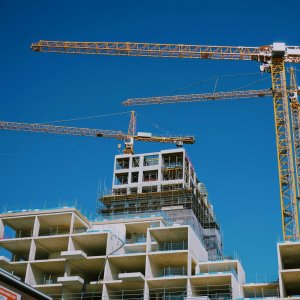
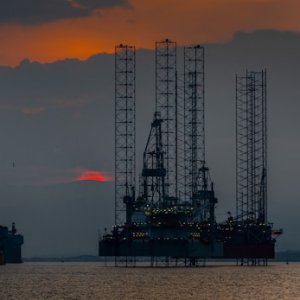
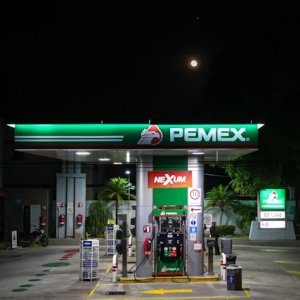
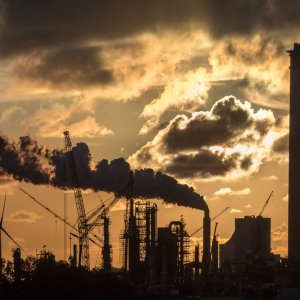
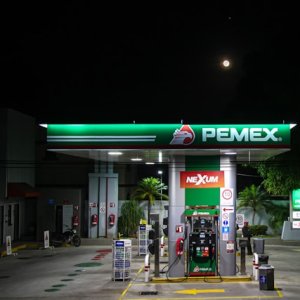
 By Cas Biekmann | Journalist and Industry Analyst -
Mon, 09/13/2021 - 11:08
By Cas Biekmann | Journalist and Industry Analyst -
Mon, 09/13/2021 - 11:08















